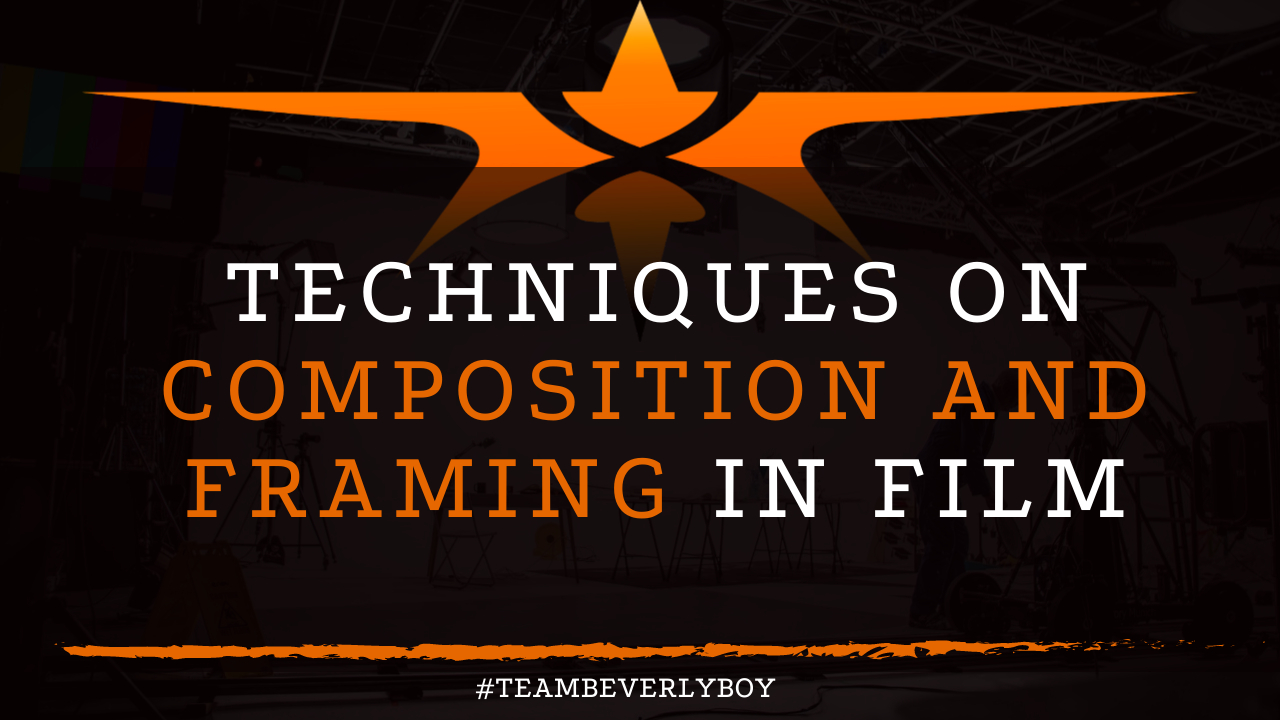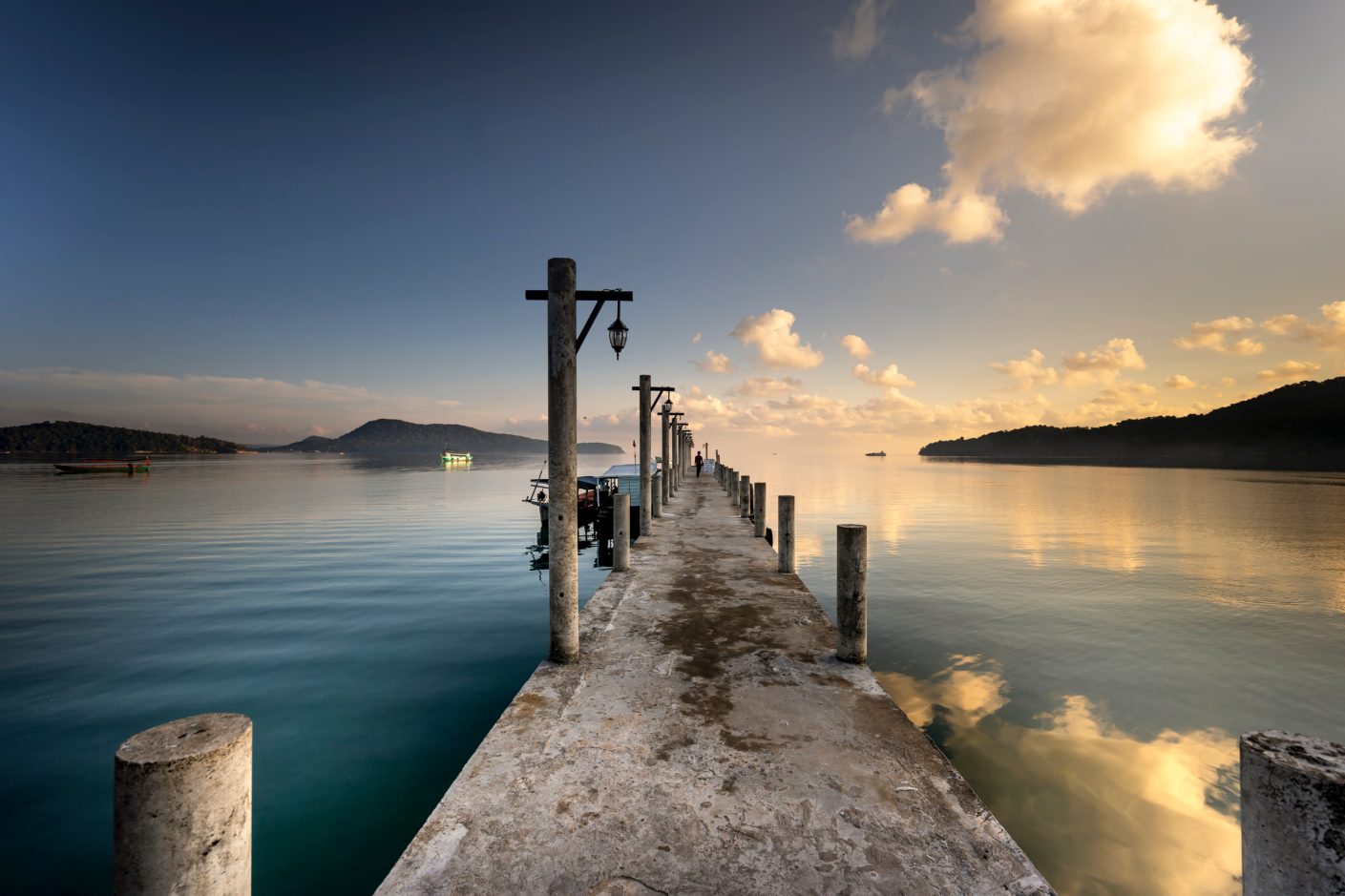
Techniques on Composition and Framing in Film
As a filmmaker, Composition and Framing in Film represent two very important considerations that should be made with literally every shot that is captured. If you’re new to filmmaking, and you’ve never thoughtfully picked up a camera with the intent of producing something elaborately pieced together to amaze an audience, then you might think that all filmmaking is a matter of point and shoot production – but it’s most certainly not! Various techniques on Composition and Framing in Film are used to turn otherwise ordinary scenes into extraordinary shots.

In fact, if your creative desires have ever brought you beyond the typical point and shoot methods to which you’re actively seeking to produce something of true value for your audience, then you’ve almost certainly dipped your toes into the world of Composition and Framing in Film.
This is where you envision everything within the frame of the camera as something more than just a shot or a scene. It’s more than just what you’re looking at. It’s everything within the frame, how it’s laid out, how objects appear in comparison to other objects, the depth perception and the overall setup of the environment – that’s what Composition and Framing in Film mean.
The various techniques that are used to employ particular contrast or to otherwise display the Composition and Framing in Film can literally make an ordinary film something extraordinary. With a little practice, and a lot of thought, these techniques can be employed to create powerful footage that will speak to your audience.
The Basics of Composition
When a filmmaker employs basic principals and techniques of composition they are engaging specific elements of a shot in which everything within the frame has a precise location in comparison to everything else. The first, and most basic rule of Composition and Framing in Film is the rule of thirds. The rule of thirds essentially breaks up the frame into three equal parts horizontally and vertically such that you have intersecting points and 9 equal zones.
According to the rule of thirds, visual appeal is created when the filmmaker places the objects or subjects of the film along these intersecting lines or within the thirds. This creates an asymmetrical view that mimics that of a natural landscape and is thus relaxing to the eyes as opposed to manmade structure which tends to be symmetrical in nature.

In addition to the rule of thirds, cinematographers can also employ the use of various angles and perspectives in order to achieve their desired composition and framing. We live in a three dimensional world, but when you’re filming what you capture is very much two dimensional. The use of angles, converging lines, and perspective can create depth and naturally produce the appearance of greater dimension within your composition.
The distancing of objects in relation to other objects as well as in relation to the camera les can also be used to further create depth and dimension. Filmmakers frequently adjust the distance of objects in relation to the camera to create the illusion of increased, or decreased, size of elements within the frame. This can play a key role in the storytelling, making a character appear larger than life, or small and therefore inferior.
The Goals of Composition and Framing in Film
Through Composition and Framing in Film, not only are these techniques and rules, such as the rule of thirds and the use of angles and object location in relation to the camera employed, various goals are achieved too. For example, there is the overall goal of composition which is to control where your audience is focusing their attention as well as to build a visually aesthetic composition for them. In fact, through unique steps and techniques in composition and framing, a filmmaker can deliver details of the story visually without interruption.
The use of Composition and Framing in Film can impact what the audience sees, how they see it, and what they feel as a result of it. Different techniques can result in the audience feeling like they are similar to a character or like they are completely different. They can draw upon unique emotions and underlying themes based solely on the way that everything within the shot and the frame is composed.

In fact, how a shot is arranged can literally impact a number of important elements of your story including:
- Connections that are made between the characters and the audience.
- Emotions that are drawn upon between characters and the audience.
- Understanding of what’s happening and what’s most important in the story.
- Key insight into what might be coming up or what elements might be underlying.
Your Composition and Framing in Film can impact how your audience thinks and perceives your story. You can make a very dramatic, scary, funny or otherwise odd impact on your audience just by adjusting the composition of your objects or subjects within the frame or by adjusting the elements within the frame for your audience. This is why composition and framing are so incredibly important in filmmaking.


